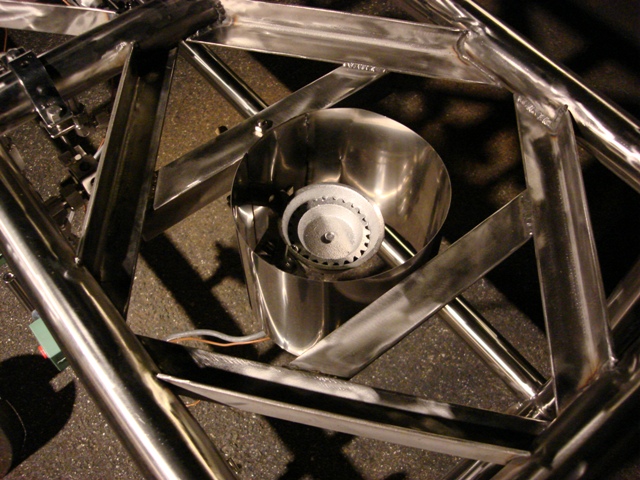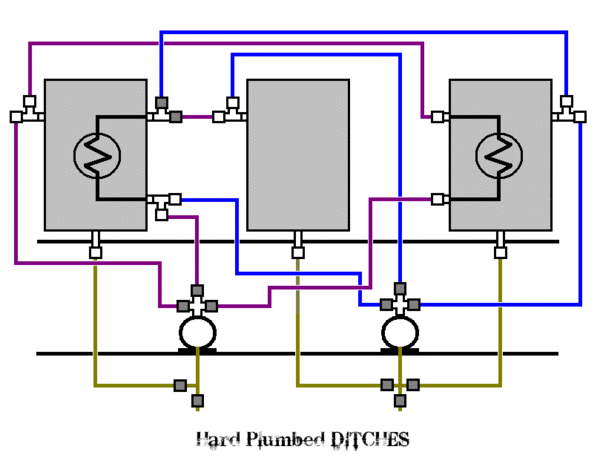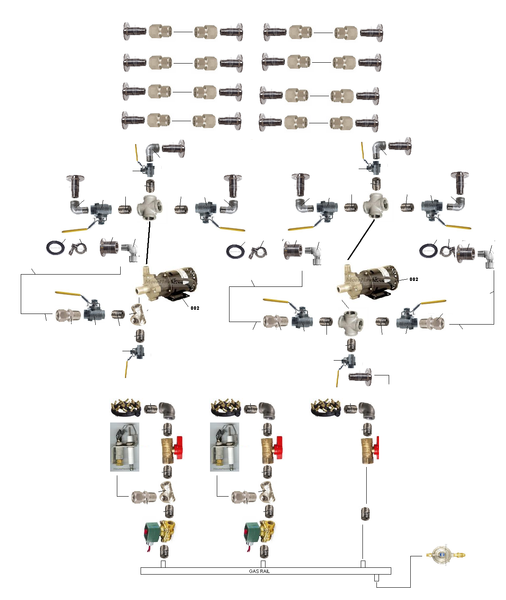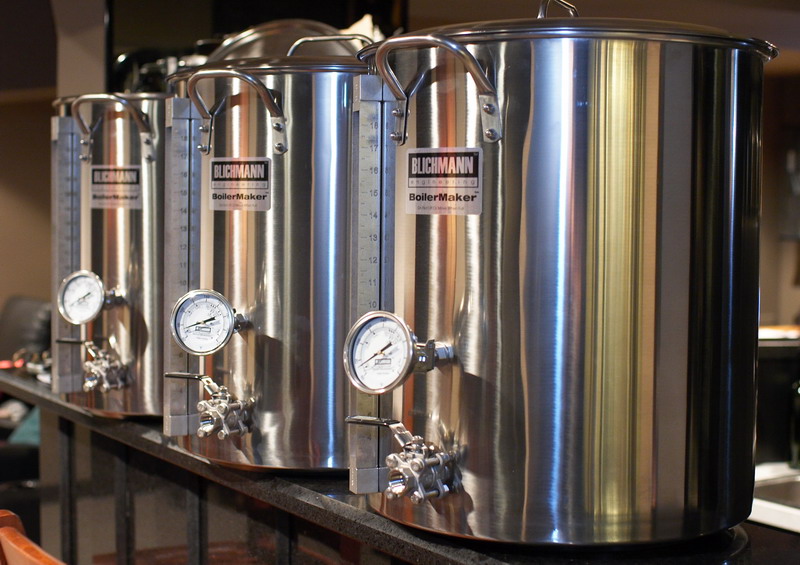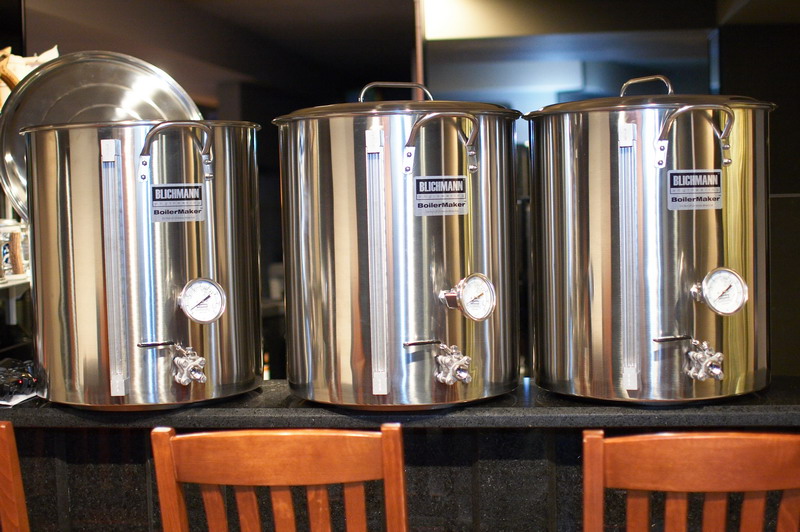Boerderij_Kabouter
Well-Known Member
WOW!!! That is awesome! I want to see more pics 
That thing is unreal! I want to see some detail shots and hear about any tweaks you made to the design.
Great work!

That thing is unreal! I want to see some detail shots and hear about any tweaks you made to the design.
Great work!


